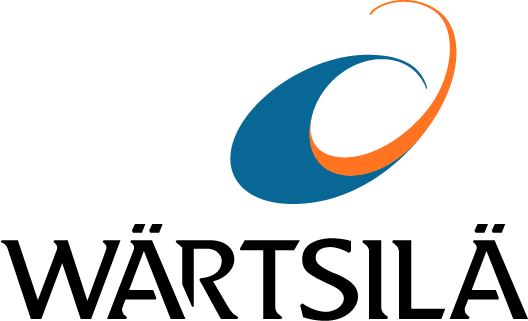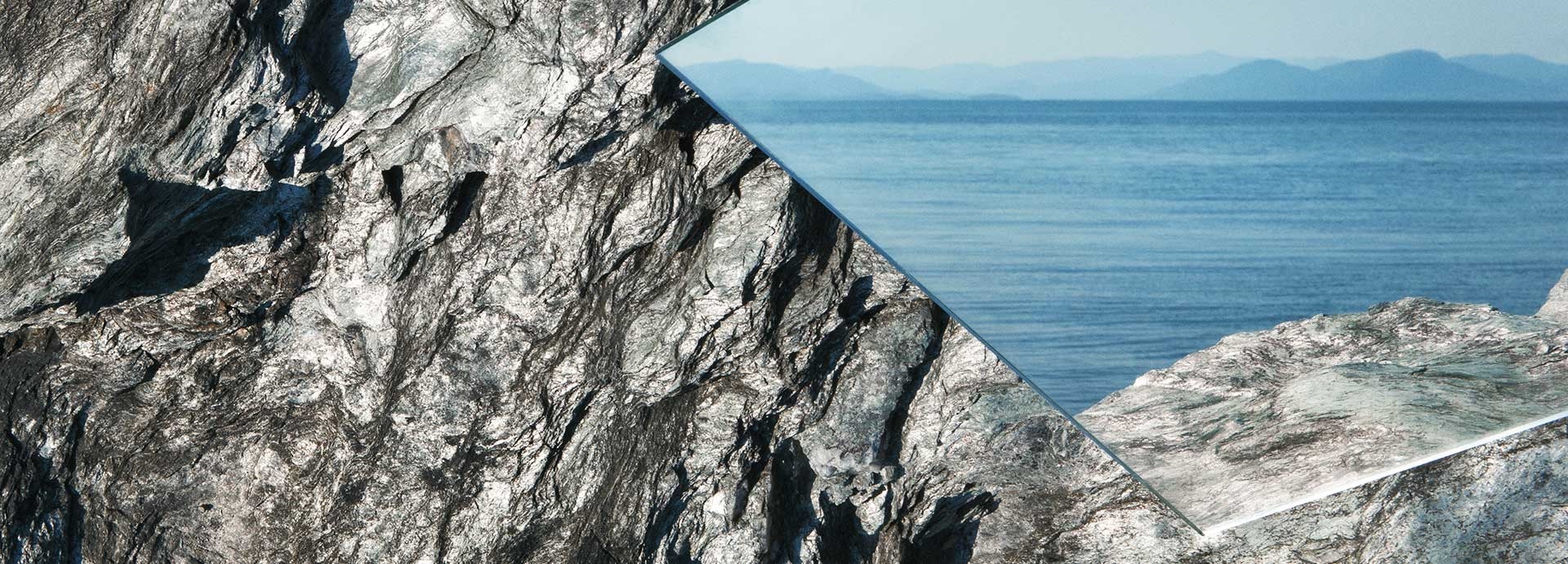

S
695 results
Scientific drilling into the Earth is a way for scientists to probe the Earth's sediments, crust, and upper mantle.
Scientific laws or laws of science are statements, based on repeated experiments or observations, that describe or predict a range of natural phenomena.
The scientific method is an empirical method of acquiring knowledge that has characterized the development of science since at least the 17th century.
The elevator with a platform supported by a system of levers and hydraulic rams. Scissor lifts are usually located between the main deck and lower decks, stowing in a recess at the lower level.
A container location device. The SCOLD unit is a compact radio beacon which should be attached to a container with hazardous or noxious cargo.
An alternative cooling system with a large opening in the bottom shell which admits sea water into a large-volume, low pressure circulating system.
Scope is the defined features and functions of a product, or the scope of work needed to finish a project.
Scope creep in project management refers to changes, continuous or uncontrolled growth in a project’s scope, at any point after the project begins. This can occur when the scope of a project is not properly defined, documented, or controlled.
Scope statements can take many forms depending on the type of project being implemented and the nature of the organization.
The SCOT (safety chemical oil tanker) initiative is a response to the tonnage replacement demand resulting from the impact of IMO regulations for the phase-out of single-hull tankers on th lower tonnage end of the scale, in the 5000-10 000dwt range.
A Scott-T transformer (also called a Scott connection) is a type of circuit used to produce two-phase electric power from a three-phase source, or vice versa.
A scram is an emergency shutdown of a nuclear reactor effected by immediately terminating the fission reaction.
A piston ring fi tted at the lower end of a piston. It is used to remove excess quantities of lubricating oil from the cylinder walls and return it to the crankcase.
A metal plate of heat resisting steel, through which the superheater tubes of a boiler pass.
The opening aft of the stern frame in which the propeller rotates.
A valve with a disc not attached to the spindle. The disc must have wings or guide to ensure it seats correctly when the valve is closed.
A sideways thrust which results from the propeller rotation and affects the steering of a ship. It is most noticeable when close to the quay or in a narrow channel.
A valve with a disc attached to the spindle. It gets fixed in any position set by moving the spindle.
A screw pump is a more complicated type of rotary pump that uses two or three screws with opposing thread — e.g., one screw turns clockwise and the other counterclockwise.
Scrubber systems are a diverse group of air pollution control devices that can be used to remove some particulates and/or gases from industrial exhaust streams.